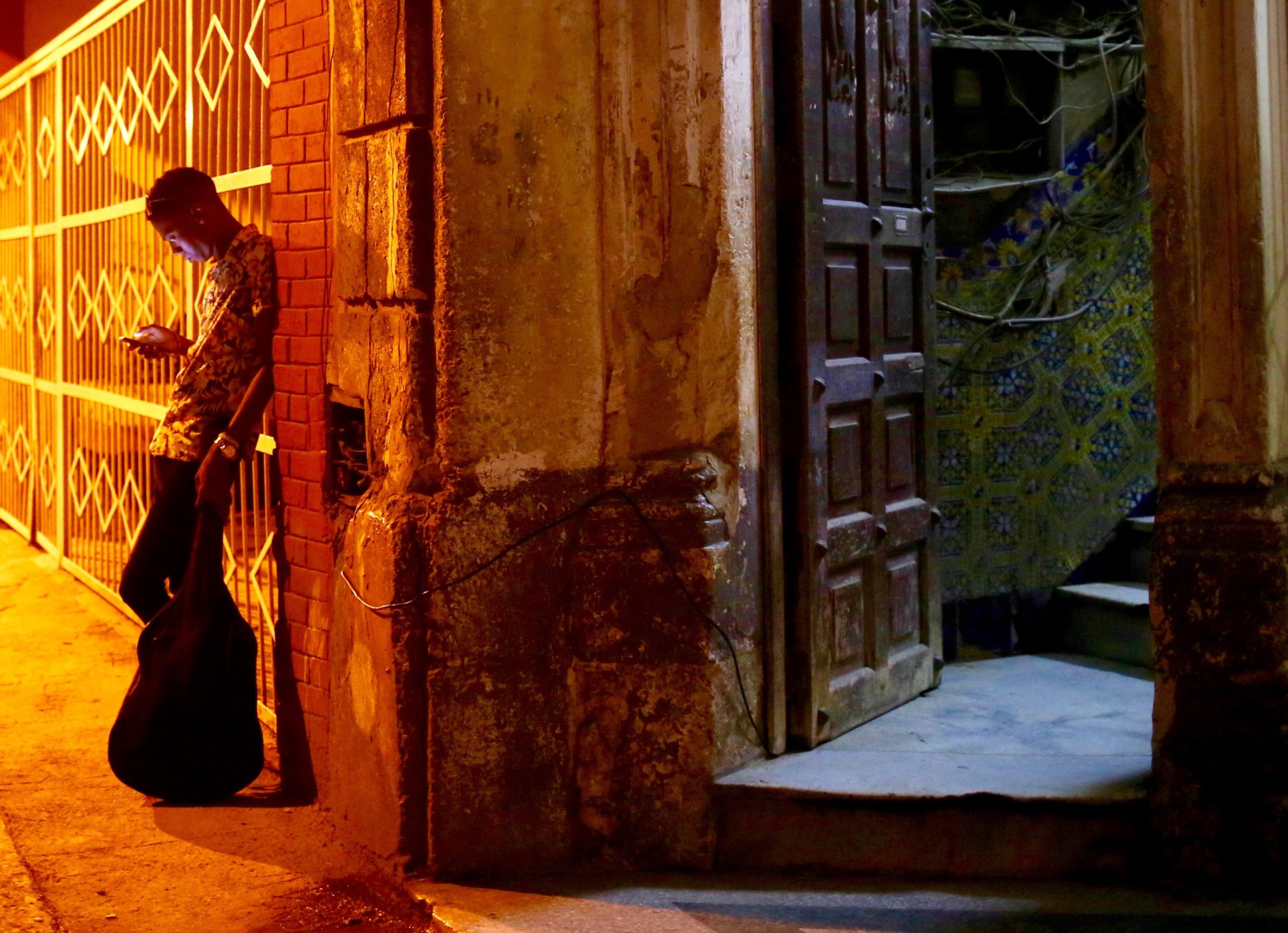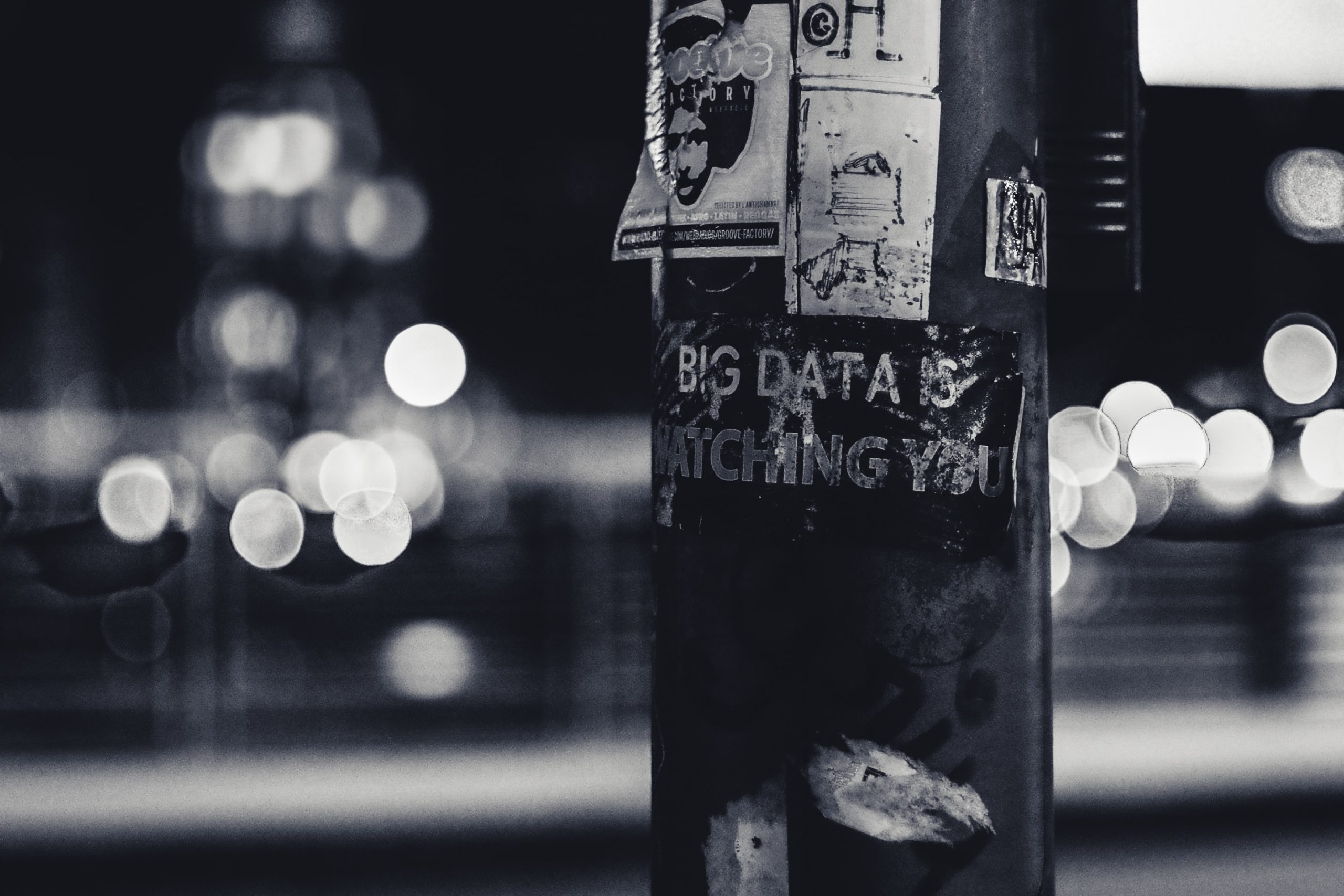
“Go where the WiFi is weak & the rum is strong”
The idea of traveling to a country where the WiFi is weak may tickle the tastebuds for some. For others, it might have you breaking out in the sweats and reconsidering your trip entirely. Either way, you need to know the facts about the reality of internet connection in Cuba. You’d be amazed at how many people find themselves in the middle of a national park in rural Cuba, where there isn’t even electricity, asking ‘what’s the WiFi password?’. Do us all a favour and come prepared.
Whether you like it or not, Cuba doesn’t yet rely on internet. You won’t be able to keep your mobile data running to check your Instagram feed or your work emails. You will have to find designated WiFi spots to connect to an often slower connection than your used to. Having said that, Cuba has come a long way over the last couple of years in regards to connections and you shouldn’t find it too stressful, if you follow my advice below.
How to connect to WiFi:
- buy yourself a WiFi card. You will usually need to go to the only shop (state-run) that sells them & most larger towns have one. It’s called ETECSA. Once you’ve queued outside – and you should plan to give yourself plenty of time for this (queueing in Cuba is a blog post in itself, TBC) – go in, usually one by one, and ask for a WiFi card. You can usually buy cards for 1 hour (1CUC) or 5 hours (5CUC). You can sometimes purchase the cards from larger hotels by asking in the lobby. There are also often black-market traders selling cards on the street. As long as the password section on the back is in tact, it will be fine to purchase and save you queueing up (as well as supporting the locals!).
- find your WiFi spot. This could be outside the ETECSA shop. This could also be in many bars (there are loads in Viñales now offering WiFi connection), the main town square, larger hotels and even some private casas.
- turn on your WiFI on your phone/tablet/laptop. Wait for the “WIFI ETECSA” option to appear, and when prompted, type in the user name on the back of your newly purchased internet card.
- scratch off the ‘password’ box reallllly carefully, especially on the 1 hour cards. It might even be best to get a local to help you; they know the tricks to not ruin the card.

3G mobile data:

Digital detox
You know what’s kinda great though? If you’re lucky enough to be able to switch your out-of-office on and leave the social medias behind for a few days, the digital detox is something people would pay thousands for.
Imagine – you wake up in the morning, and rather than reaching for your phone to check how many likes you don’t have on your IG post, you’d jump out of bed to a fresh cafecito on the rooftop, overlooking the endless views of Cuba, breathing in the fresh mountain air & thinking about nothing but today’s adventures. That, right there, is priceless. I’m not saying this as a sales pitch; I digital detoxed the first time I travelled to Cuba. I sent my mum a text message once a day to let her know I was alive, and I spent the rest of my days basking in the sunshine, sipping on freshly made mojitos, and fully embracing the country I was in. I came home feeling alive, feeling rejuvenated, and feeling like I’d really checked in with myself and made memories to last a lifetime.
But don’t be selfish and think the lack of internet is great
Whilst you, the tourist, can use the digital detox to your selfish advantage, it is important to spare a thought about the reality. Imagine living in a country where you had to pay the equivalent of 1USD for only 1 hour of (poor) internet connection. You had to source a public WiFi spot and haul your laptop/tablet/phone there. Imagine not being able to FaceTime your mum who lives in a different country because your state salary only gives you about 25USD per month, which doesn’t even cover the cost of your food. Imagine you’re trying to make a living in the private sector of the country by renting out your accommodation or experiences on AirBnB, want to keep in touch with friends on social media, or expand your horizons by reading up on Wikipedia when you don’t actually have the means to connect to the internet. The ‘luxury’ of internet costs money that the average Cuban doesn’t have. The reality, amigos, isn’t all sunshine and mojitos.